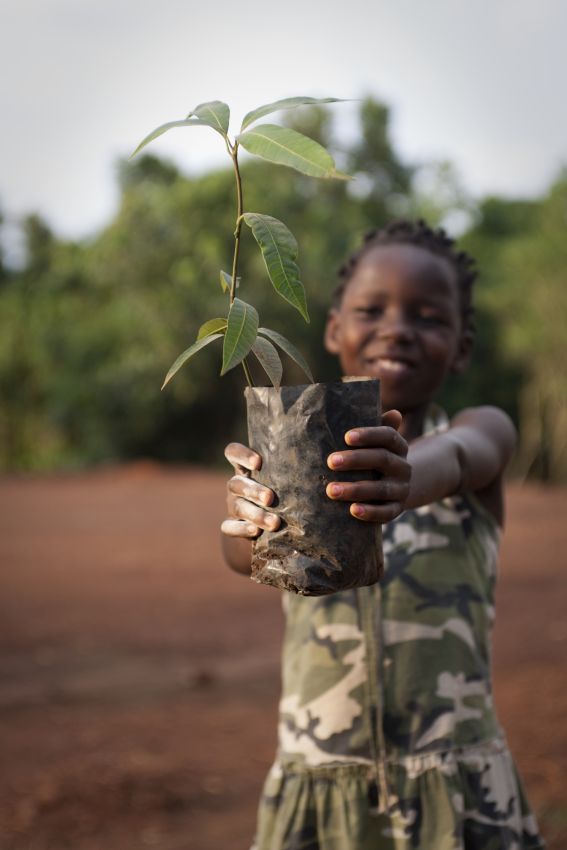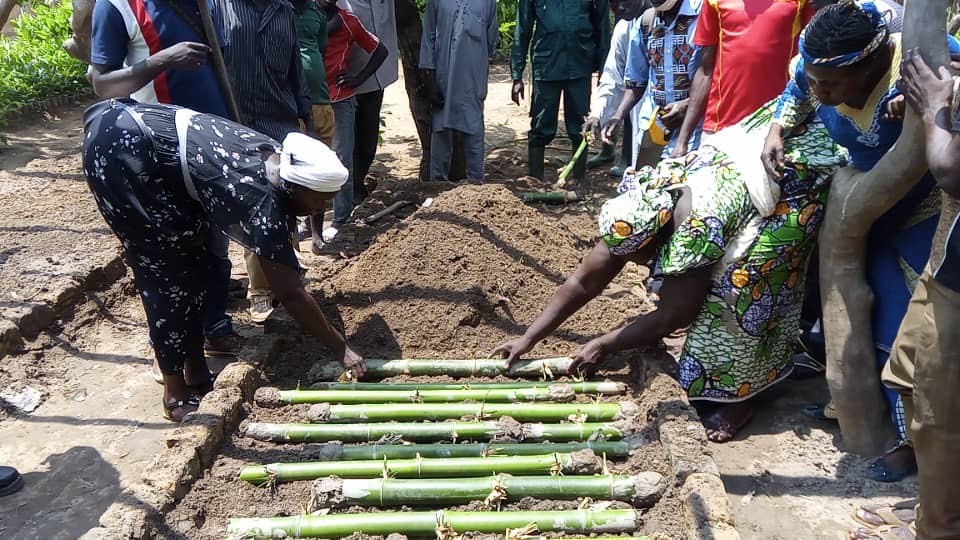Projet | Jul, 2016
- Nov, 2024
Managing mangroves and production landscapes for climate change mitigation

Overview and objectives
- Summary:
-
Mangrove ecosystems cover a major part of the Bissau-Guinean coastal zone and the services they provide to the local population are extremely valuable. However, these ecosystems are at risk and face…
- Objective:
-
In response to the above challenges, the objective of the proposed project is to “support the restoration and rehabilitation of degraded mangroves ecosystems functionality and services for enhanced…
Le projet en un coup d'œil
Date de début:
Jul, 2016
Date de fin :
Nov, 2024
Budget:
RÉGIONS
Membres et partenaires
AD - Acþao para o Desenvolvimento,
Direcçao geral da floresta e fauna,
Direcçao geral do ambiente,
IBAP,
Instituto da Biodiversidade e das Areas Protegidas,
ONG Nantignan,
Palmerinha
Merci à nos donateurs
Project documents
GEF ID 9521, Guinée-Bissau
For the complete set of project documents, consult the the project page on the GEF website.
The following documents are available for download compliant with IUCN ESMS disclosure policy. Should you wish to obtain a copy of other documents including older versions of IUCN ESMS documents, please contact IUCNGEF@iucn.org
Related projects

Projet
|
09 July, 2024
The Restoration Initiative (TRI) unites 10 countries and three Global Environment Facility…

Projet
|
09 July, 2024
The objective of this consultancy is to design and author a TRI child project for Cameroon that is in line with the GEF approved TRI programme framework document, and is in line with national…

